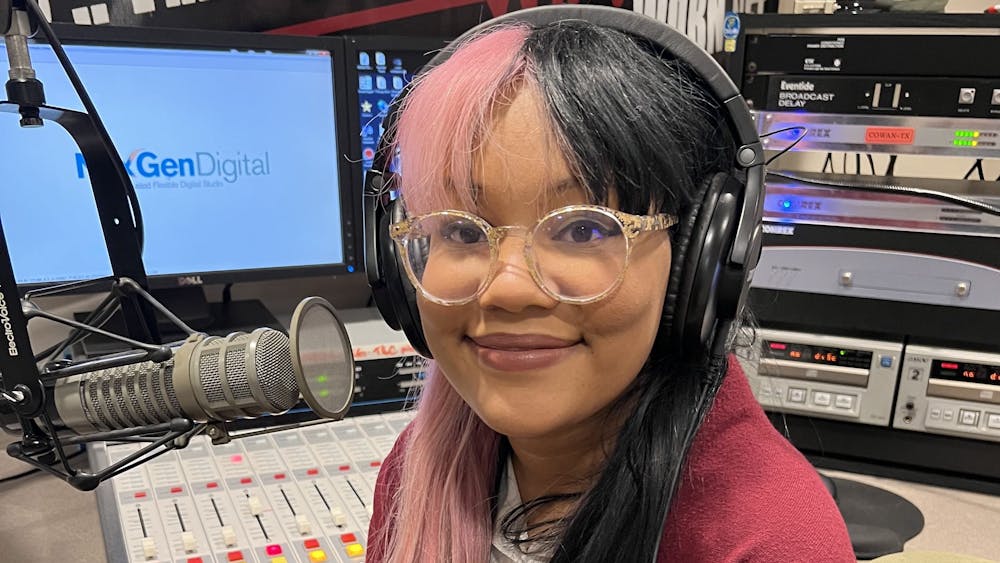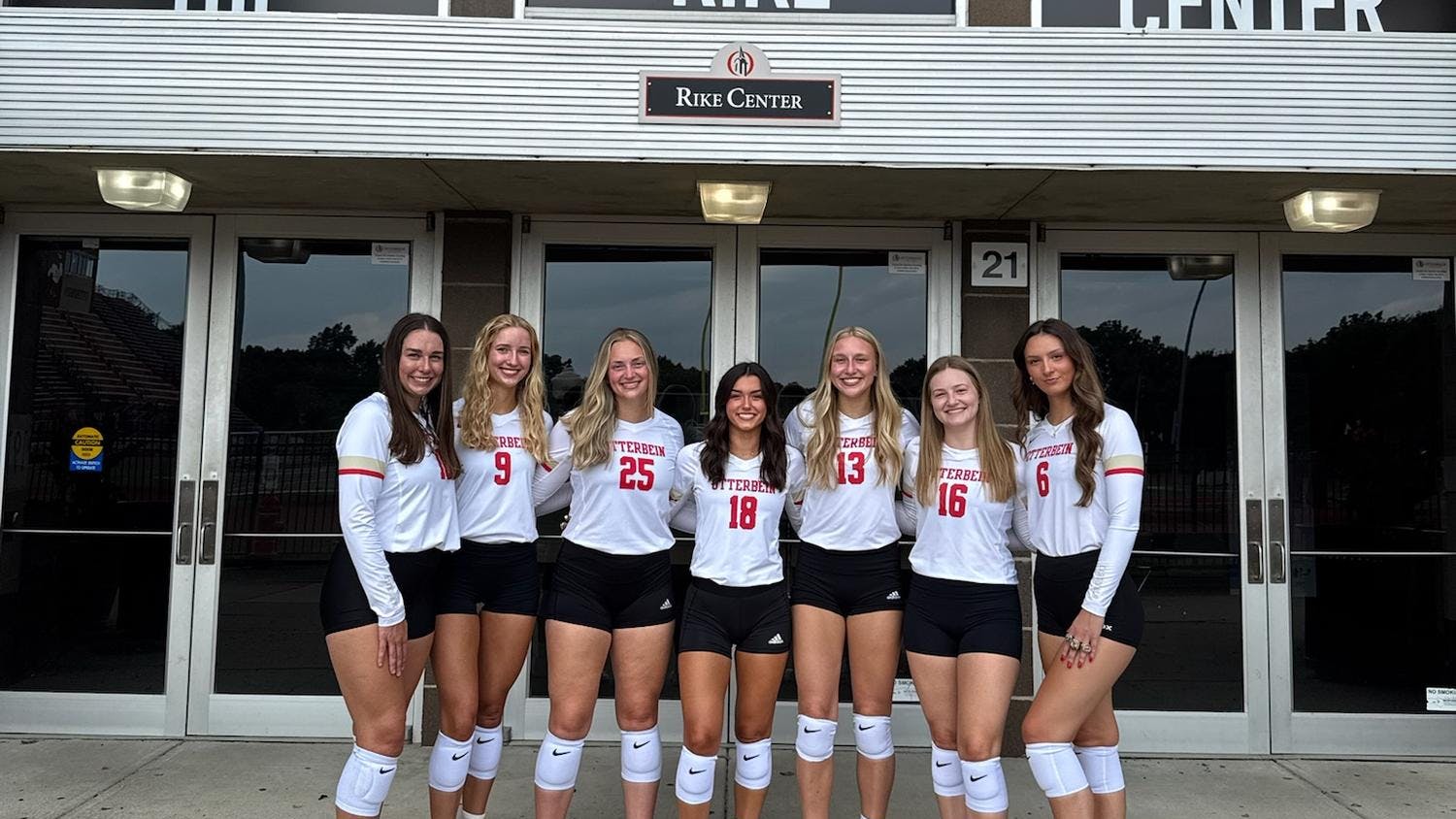First off, before I start I want to say one thing: Racism is still prevalent on college campuses. I have spoken to many alumni and students of color, and they suggested many points for what racial equity could look like on a college campus.
Some said that equity looked like a lot of different things, such as making colleges financially more accessible and working on decreasing the dropout rates of minority students. Jason Jenkins, a 2004 alumni, brought this up.
“When I look at equity I look at access to opportunities that others may not have. On a college campus that means you are looking at the individuals who may not have the economic means," said Jenkins, “and you’re going above and beyond to support those individuals.”
As of right now, African Americans have the highest college dropout rates. According to Educationdata.org, 54% of Black students drop out. Jenkins said, “[The] largest African American student body came in in '99 and I can count on my hand how many black males graduated.”
Something else that a lot of students and alumni spoke on was having diversity in the faculty and staff on campus. Others mentioned the importance of having an organization where their voice can be heard. Even current students mentioned that Otterbein should be doing more.
Shania Turner, president of the African American Student Union, said, “It’s like a mixed bag at some points. When we get there, we have the support and then you get into the year and then it’s nonexistent.”
Here is what I believe equity can look like on a college campus. It would look like a place where students feel comfortable sharing their experiences and cultures. Students of color would have equal accessibility to their white counterparts. Students of color won’t have to worry about dealing with racism while just trying to get an education.
Most importantly I think it’s time that college campuses take charge and truly work towards racial equity. It’s one thing for students of color to talk about what's wrong, but it’s up to colleges to listen and implement changes to help students of color feel more comfortable.
For more on this story, or if you want to listen to the audio series which has a deep dive into the interviews mentioned, visit my website here.








